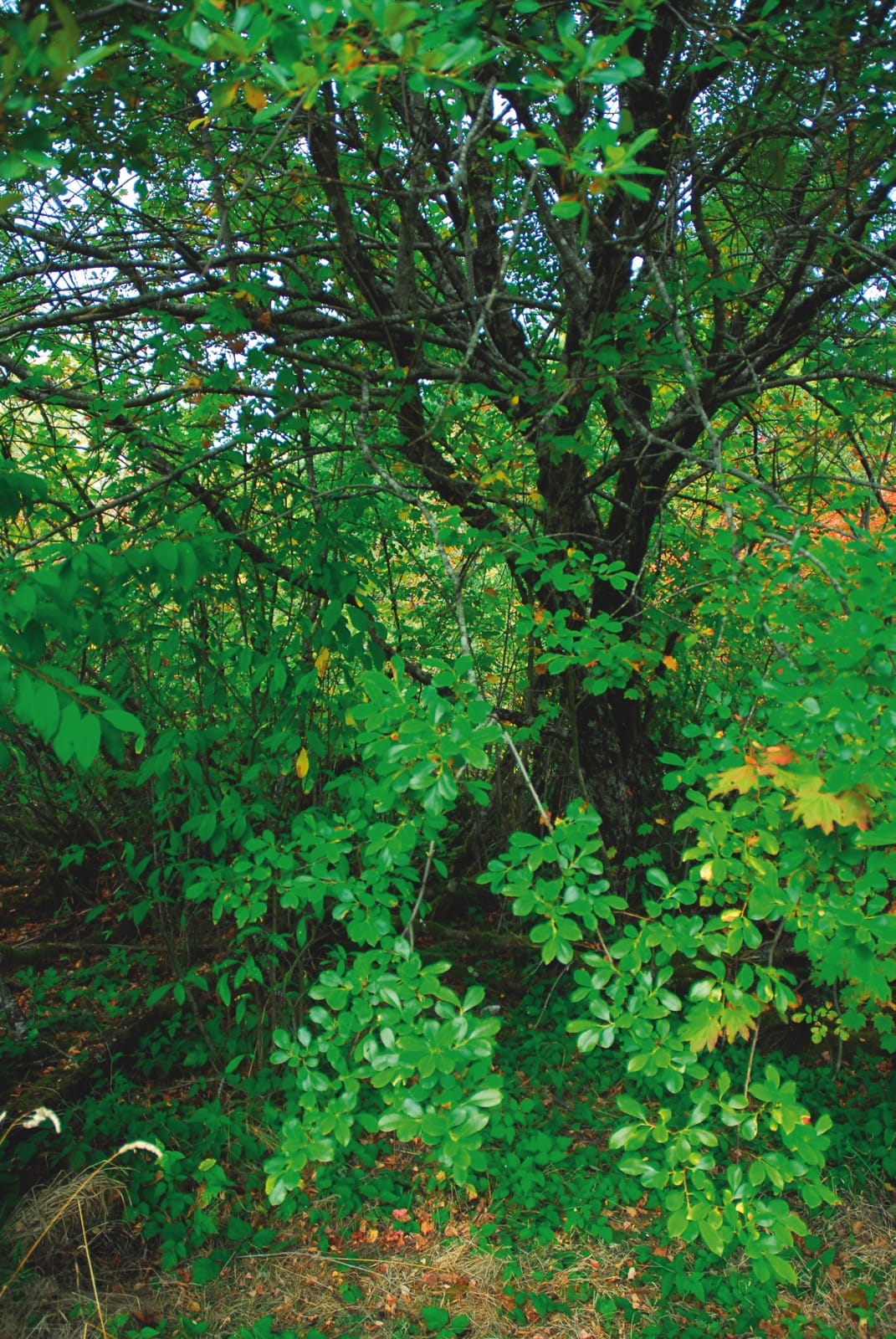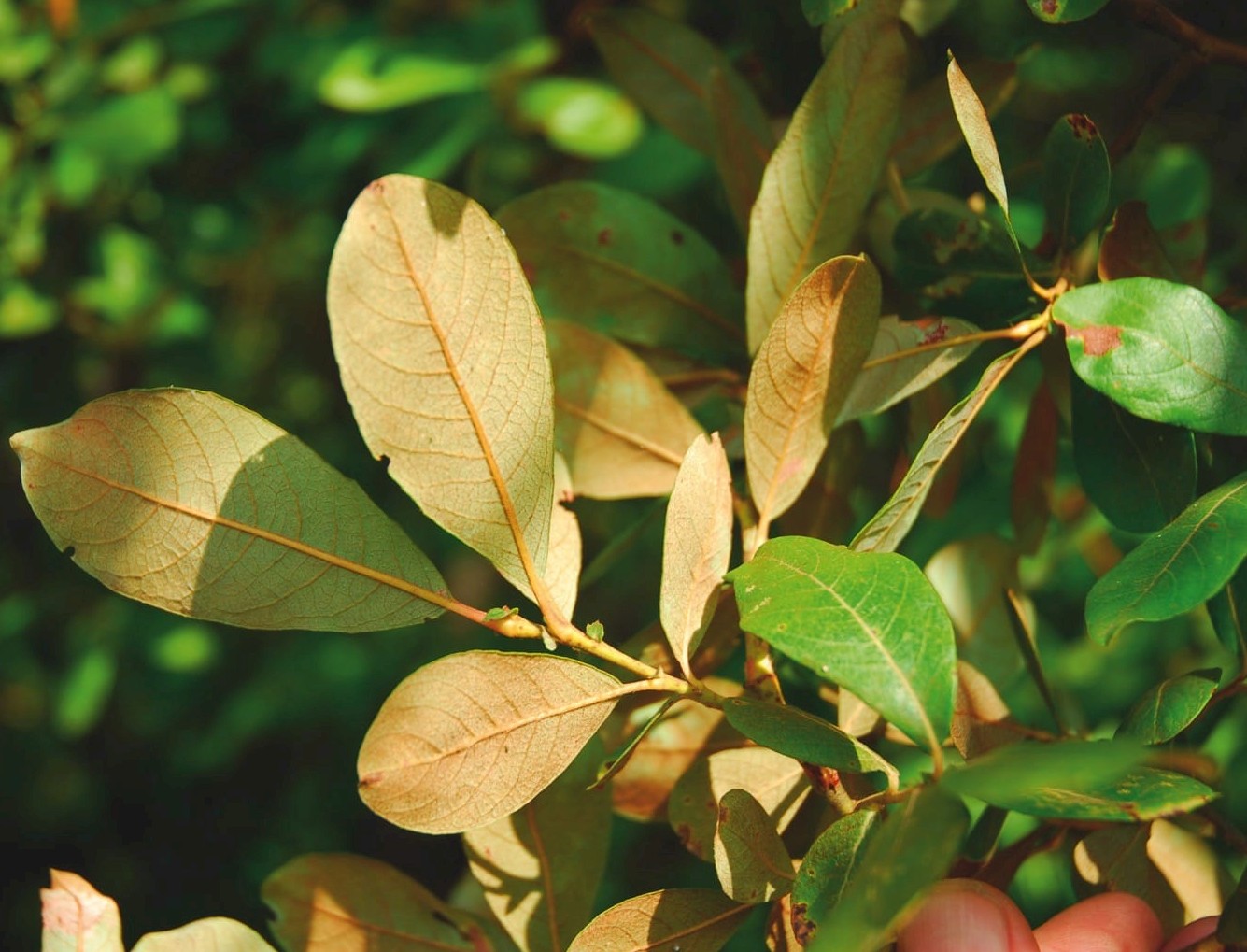Salix scouleriana
Credits
Article from New Trees by John Grimshaw & Ross Bayton
Recommended citation
'Salix scouleriana' from the website Trees and Shrubs Online (treesandshrubsonline.
Genus
Common Names
- Nuttall Willow
- Scouler's Willow
Other taxa in genus
- Salix aegyptiaca
- Salix alba
- Salix amygdaloides
- Salix arbuscula
- Salix arbutifolia
- Salix arctica
- Salix aurita
- Salix babylonica
- Salix bockii
- Salix 'Boydii'
- Salix caesia
- Salix candida
- Salix caprea
- Salix cinerea
- Salix cordata
- Salix daphnoides
- Salix discolor
- Salix elaeagnos
- Salix exigua
- Salix fargesii
- Salix fragilis
- Salix glabra
- Salix glaucosericea
- Salix gracilistyla
- Salix hastata
- Salix herbacea
- Salix hookeriana
- Salix humboldtiana
- Salix irrorata
- Salix japonica
- Salix jessoensis
- Salix lanata
- Salix lapponum
- Salix lasiandra
- Salix lindleyana
- Salix lucida
- Salix magnifica
- Salix matsudana
- Salix × meyeriana
- Salix × mollissima
- Salix moupinensis
- Salix myrsinifolia
- Salix myrsinites
- Salix myrtilloides
- Salix nakamurana
- Salix nigra
- Salix nigricans
- Salix pentandra
- Salix petiolaris
- Salix phylicifolia
- Salix purpurea
- Salix pyrenaica
- Salix pyrifolia
- Salix repens
- Salix reticulata
- Salix retusa
- Salix rigida
- Salix × rubra
- Salix sachalinensis
- Salix × sepulcralis
- Salix × sericans
- Salix sericea
- Salix silesiaca
- Salix starkeana
- Salix × subalpina
- Salix triandra
- Salix uva-ursi
- Salix viminalis
- Salix wilhelmsiana
Shrub or tree 3–18 m, though usually under 10 m. Branchlets brown, pubescent to glabrous. Leaves deciduous, 3–8 × 2–3 cm, elliptic to obovate, immature leaves covered with silky hairs, mature leaves with upper surface glossy and glabrous, lower surface glaucous and densely tomentose, margins entire, glandular (rarely serrate), apex acute to rounded; petiole 0.5–1.5 cm long, reddish brown, velvety; stipules tiny. Inflorescences precocious, borne on leafy axillary branchlets. Staminate catkins 1.5–4 cm long, bracts tawny, stamens two per flower. Pistillate catkins 1.5–5 cm long, flowers sparse. Capsule 0.5–1 cm long, covered in silky hairs. Newsholme 1992. Distribution CANADA: Alberta, British Columbia, Manitoba, Saskatchewan, Yukon; MEXICO: Coahuila, Sonora; USA: Alaska, Arizona, California, Colorado, Idaho, Montana, Nevada, New Mexico, Oregon, South Dakota, Utah, Washington, Wyoming. Habitat From dry forest and meadows to wet forest and swamps, between 90 and 3400 m asl. USDA Hardiness Zone 3. Conservation status Not evaluated. Illustration Newsholme 1992; NT770, NT771.
Any tree that occurs from Alaska to Mexico must have application as a landscaping species, and it is valued as such in the western half of North America: an exceptionally hardy and tough tree. Its horticultural value is enhanced by the reddish twigs and a good display of male catkins in spring, followed by attractive glossy leaves with glaucous undersides (Newsholme 1992, Sternberg 2004). It accepts most soil types, and is capable of tolerating some shade in woodland conditions (Sternberg 2004).


